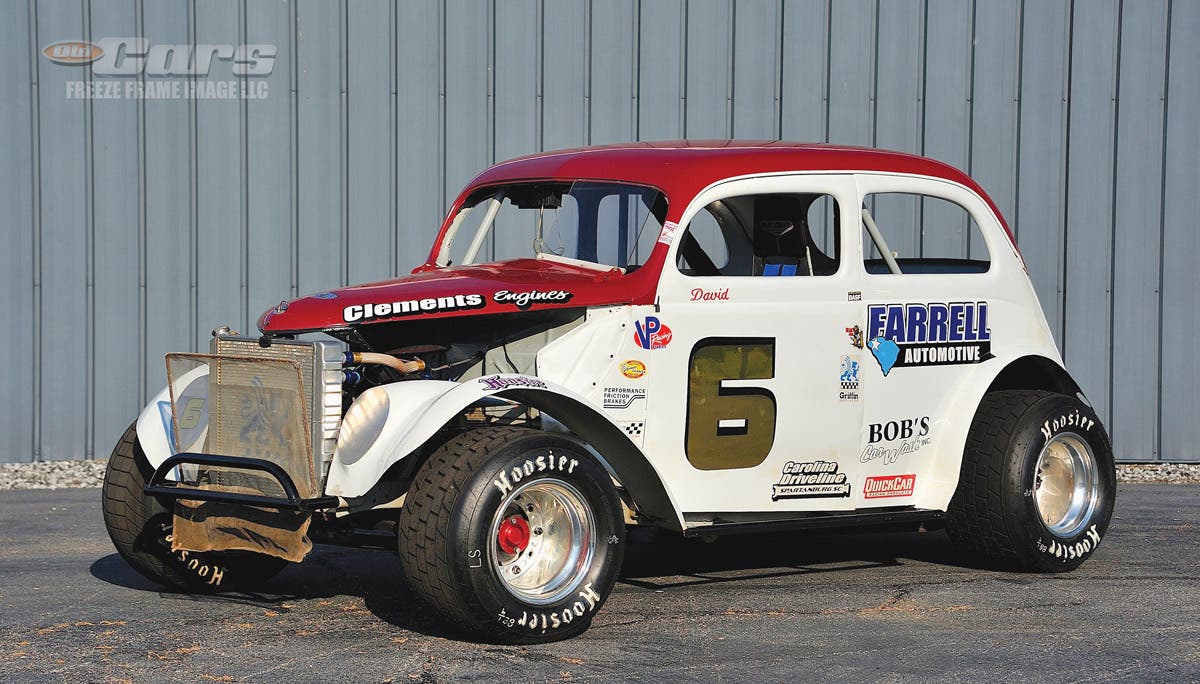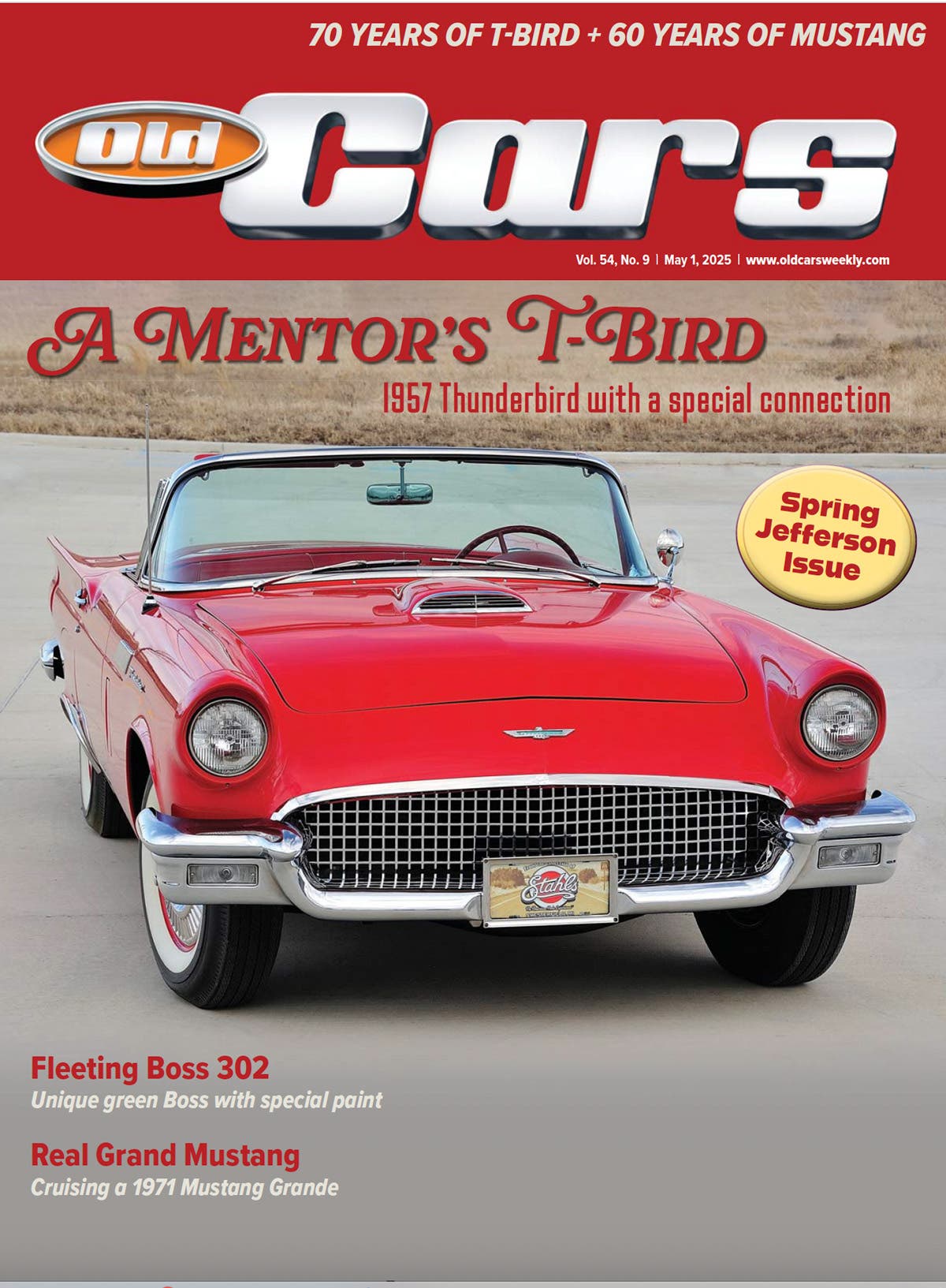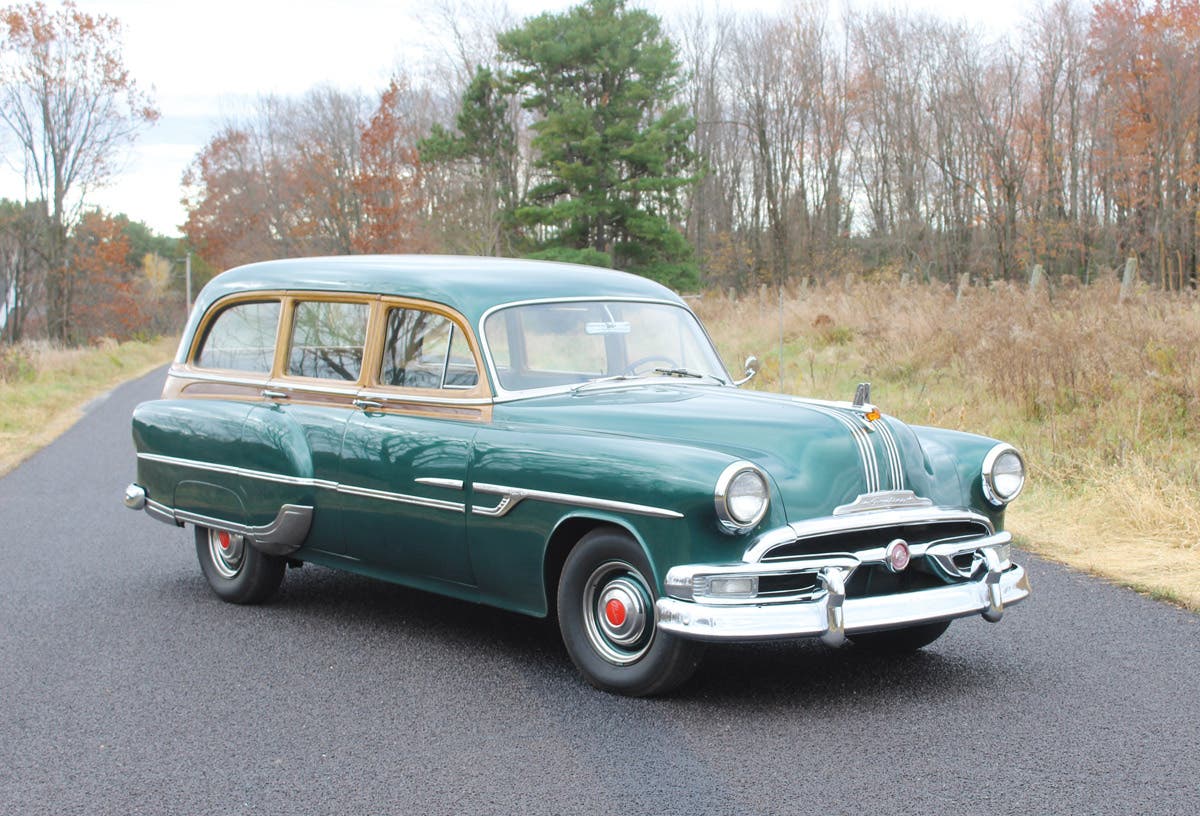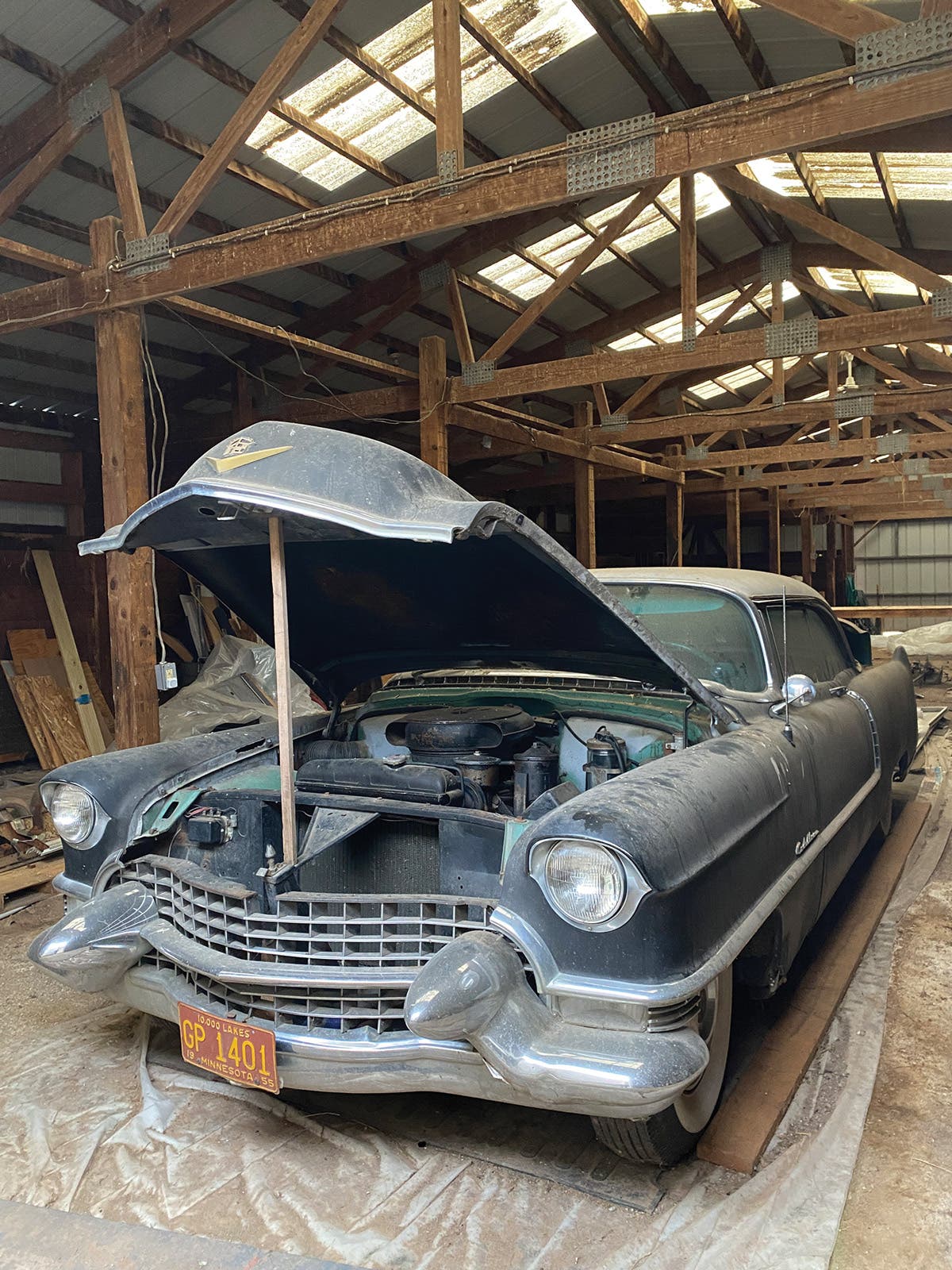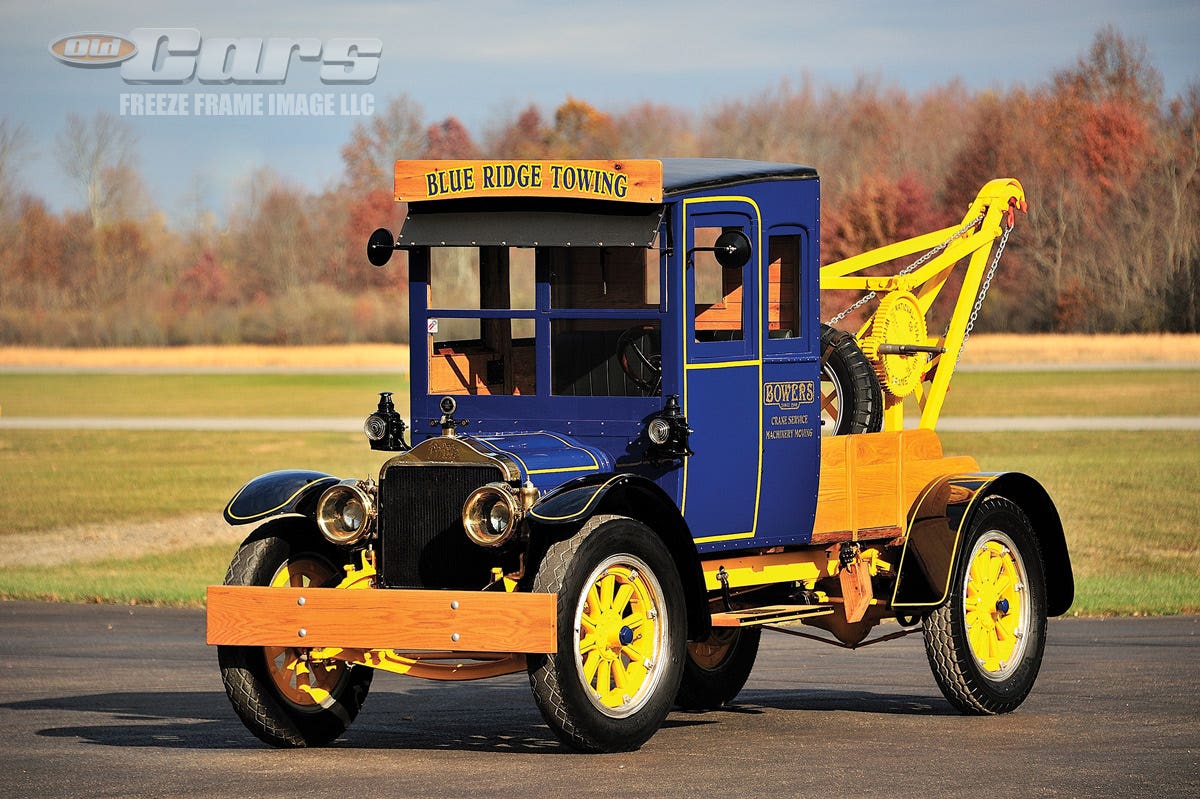1966 Mustang owner’s quandary: Restore it or drive it?
Readers sometimes give us more credit than we deserve. We don’t have a crystal ball or an understanding of Nostradamus’ writings, and we can’t predict the future. However, we can…
Readers sometimes give us more credit than we deserve. We don’t have a crystal ball or an understanding of Nostradamus’ writings, and we can’t predict the future. However, we can sometimes offer solid advice as in the case of this 1966 Mustang owner.
When an Old Cars Weekly reader recently wanted to know what we thought a stock 1966 Ford Mustang in No. 1 and No. 2 conditions would be worth in 5 and 10 years, and if we thought Mustang values would escalate at the car’s 50th anniversary in 2014, we couldn’t resist replying. Our response follows, which may also provide interesting insight to you.
Before we get to our reply, here’s a little background on the reader’s situation:
The reader owns a “very stock” 1966 Mustang coupe with a 289-cid V-8, 2V carburetor and C4 automatic transmission. His car has been partially restored and he’s now considering a complete restoration.
The cost of restoration:
It's impossible to answer with certainty the questions of what a car will be worth in 1, 5 or 10 years, or if an anniversary will affect value. We can say with confidence that undertaking a full restoration is usually a losing proposition.
Bringing a car to No. 1 or No. 2 condition is extremely expensive, unless the starting point is a very solid and complete car at the beginning and the owner can do much of the expensive work himself, such as the rebuild of mechanical components, body work and paint, upholstery, tear down, reassembly, etc. Even if a car’s components (chrome and stainless trim, glass, etc.) are already in good condition, they must still be restored (or purchased new) to be in excellent condition in a restoration to No. 1 condition, and the cost of these parts and the labor to restore them adds up. Fortunately, parts are relatively inexpensive and widely available for first-generation Mustangs.
First-hand knowledge:
For what it’s worth, I have a friend that completed a frame-off restoration of a 1965 Mustang fastback over two years with the help of another friend. The owner traded his labor to build a garage for the labor of the friend who completed the Mustang’s bodywork and greatly helped with assembly. The owner also rebuilt the car's mechanical components himself, including the 289. The total bill with materials, parts and some of the other work he couldn't complete himself was about $30,000.
Anniversary values:
We do not think values of Mustangs will greatly increase at their 50-year anniversary. Mustangs may see a slight value increase, but I don't foresee anything more than perhaps a 10 percent increase, and that increase could be short-lived. The great thing about Mustangs – but a hindrance to their value – is that many first-gen Mustangs were built, and a healthy number of them were so loved that they were saved. So although these Mustangs remain very popular, they are also relatively common and there are enough to satisfy demand. As a result, I would be surprised to see their values greatly escalate in the next couple years.
Related Resources
Read about the Mustang from beginning to 2011 in "Mustang: The Original Pony Car"
Get Mustang values from the "2013 Collector Car Price Guide"
Angelo Van Bogart is the editor of Old Cars magazine and wrote the column "Hot Wheels Hunting" for Toy Cars & Models magazine for several years. He has authored several books including "Hot Wheels 40 Years," "Hot Wheels Classics: The Redline Era" and "Cadillac: 100 Years of Innovation." His 2023 book "Inside the Duesenberg SSJ" is his latest. He can be reached at avanbogart@aimmedia.com



